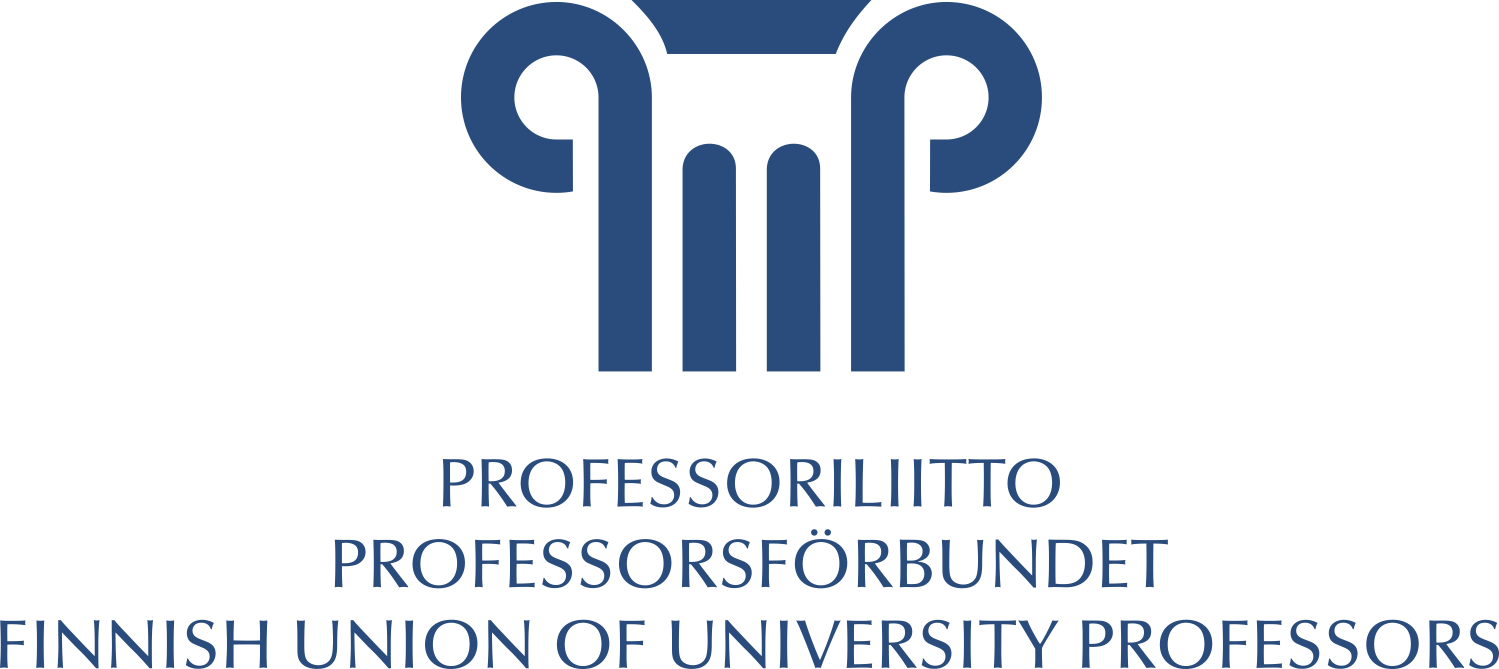Dreaming of tenure in Finland? The Finnish Supreme Court says that you shouldn’t
Kirjoittanut
Petri MäntysaariIntroduction
Tenure or its equivalents mean a strong level of protection of the employment relationship of permanent research and teaching faculty at universities. In its decision of 10 January 2023 (KKO 2023:1), the Supreme Court of Finland wiped out the protection of tenure at Finnish universities for no proper reason. In this blog post, I will briefly discuss the legal historical and legal foundations of tenure and then the decision of the Supreme Court.
The protection of tenure as a cornerstone of academic freedom
Historically, the protection of tenure has a strong connection to two countries. The protection of tenure has its roots in Germany. In Germany, faculty members traditionally have been protected by their civil servant status and Lehrfreiheit. In the US, the Statement of Principles on Academic Freedom and Tenure that was adopted by the American Association of University Professors (AAUP) in 1940 was inspired by the Humboldtian principles, Lehrfreiheit and the strong protection of faculty under the German model. AAUP’s 1940 Statement was also designed to balance the large powers vested in university boards. The 1940 Statement is applied generally in American higher education. Both the German model and AAUP’s 1940 Statement are ways to protect academic freedom. Both have influenced international practices.
Internationally, the most important legal act protecting academic freedom and tenure is UNESCO’s 1997 Recommendation concerning the Status of Higher-Education Teaching Personnel. The 1997 Recommendation requires a wide range of (a) institutional rights, duties and responsibilities and (b) rights and freedoms of higher-education teaching personnel. Moreover, the Recommendation addresses (c) the terms and conditions of employment, among other things.
Tenure is regarded as one the cornerstones of academic freedom under paragraph 45 of the 1997 Recommendation: “Tenure or its functional equivalent, where applicable, constitutes one of the major procedural safeguards of academic freedom and against arbitrary decisions. It also encourages individual responsibility and the retention of talented higher-education teaching personnel.”
UNESCO’s 1997 Recommendation is not a mere “recommendation”. In the European Union, it is relevant when interpreting the strong protection of academic freedom under Article 13 of the European Charter of Fundamental Rights (ECFR). This has recently been stated by the Court of Justice of the European Union (Case C‑66/18, European Commission v Hungary, paragraph 227).
Moreover, tenure has been addressed as an essential component of academic freedom in Annex I of the 2020 Rome Ministerial Communiqué adopted by the members of the European Higher Education Area: “It is essential to ensure that academic staff benefit from sufficiently secure employment conditions to be able to exercise academic freedom.” Annex I is titled “Statement on Academic Freedom”.
The balancing of fundamental rights
Generally, different fundamental rights and the fundamental rights of different parties should be balanced to ensure the internal coherence of the legal system. According to the European Court of Justice, there should be a fair balance between the fundamental rights of different parties (see, for example, Case C-401/19 Poland). It is customary to seek a balance between different fundamental rights in the interpretation of the Finnish Constitution as well.
The protection of tenure as one of the cornerstones of academic freedom is no exception. It cannot be unlimited. It must be constrained by financial reasons under exceptional circumstances, because there will be no academic freedom for anybody without the continuous existence of the university.
The protection of tenure has been balanced in various ways in Germany, in American practice and under UNESCO’s 1997 Recommendation for financial reasons. In Germany, the civil servant status of permanent faculty guarantees a very high level of protection against dismissal. The 1940 AAUP Statement on Academic Freedom and Tenure provides that the service of faculty members that have permanent or continuous tenure “should be terminated only for adequate cause, except in the case of retirement for age, or under extraordinary circumstances because of financial exigencies”. Moreover, “[t]ermination of a continuous appointment because of financial exigency should be demonstrably bona fide”. According to paragraph 46 of UNESCO’s 1997 Recommendation, “higher-education teaching personnel who secure continuing employment following rigorous evaluation can only be dismissed on professional grounds and in accordance with due process. They may also be released for bona fide financial reasons, provided that all the financial accounts are open to public inspection, that the institution has taken all reasonable alternative steps to prevent termination of employment, and that there are legal safeguards against bias in any termination of employment procedure.”
The decision of the Finnish Supreme Court
Let’s turn to Finland. Before the entry into force of the Universities Act of 2009, research and teaching faculty were protected by their status as civil servants. The tenure of permanent faculty was as strong as it was and still is in Germany and the US.
The status of university faculty changed in 2010. Faculty were now defined as the university’s employees under the Employment Contracts Act.
This said, it was not the intention of the parliament to reduce academic freedom. Finland is bound by its obligations under international and European law. Finnish courts are bound by the ECFR that guarantees academic freedom. Academic freedom was and still is protected by section 16.3 of the Finnish Constitution as a fundamental right. Public authorities must enforce this fundamental right under section 22 of the Constitution. Under sections 123 and 124 of the Constitution, universities exist for the purpose of enforcing academic freedom. Sections 3 and 6 of the Universities Act tell you that academic freedom must be applied at universities. Moreover, section 32.3 of the Universities Act prohibits the dismissal of research or teaching faculty on grounds that breach the Employment Contracts Act or academic freedom.
One of the major issues therefore is what academic freedom means. If you have read this far, you already know that the protection of the permanent employment relationships of faculty employed following rigorous evaluation is regarded as one of the cornerstones of academic freedom in Europe, in the US and worldwide. You also know that all fundamental rights must be balanced.
This should have been in the knowledge of the Finnish Supreme Court as well. Unfortunately, the Finnish Supreme Court does not seem properly to have understood academic freedom in its decision of 10 January 2023.
The Supreme Court said that an employer may choose the initial group of employees subject to negotiations about dismissals on production-related or economic grounds and is then free to choose the people that will be dismissed within that group. Universities are no exception. This obviously wipes out the strong protection of tenure in Finland as university management is given the right to sack any employee on the same grounds.
The Supreme Court did mention sections 32.3 and 6 of the Universities Act and accepted that these provisions are based on section 16.3 of the Finnish Constitution that guarantees the freedom of science, the arts and higher education. However, the Supreme Court did not understand the scope and contents of academic freedom. According to the Supreme Court, academic freedom means freedom of research and teaching, in particular the right of the researcher to determine what shall be researched and how it shall be researched, and the right of the teacher to determine what shall be taught and how it shall be taught. If accepted, this would reduce academic freedom to freedom of expression guaranteed by section 12 of the Finnish Constitution and Article 11 of the ECFR and render section 16.3 of the Finnish Constitution and Article 13 of the ECFR rather meaningless. While any individual is protected by freedom of expression, academic freedom obviously is limited to academia and unlikely to benefit people that are unemployed after being sacked by the university.
The Supreme Court expressly stated that “the freedom of science and higher education does not mean that the university would not in the same way as other employers have a right to reorganise its activities and then carry out necessary actions involving the personnel”. As regards the rational and necessary grounds for the balancing of different fundamental rights in this case, the Supreme Court said nothing. This signals low argumentation quality.
The Supreme Court did not understand that the protection of the tenure of permanent research and teaching faculty must be interpreted as one of the cornerstones of academic freedom and that academic freedom cannot exist outside academia. The judges do not seem to have understood what they were doing and the wider implications of the decision.
Recommendation concerning the Status of Higher-Education Teaching Personnel (Unesco)
Charter of Fundamental Rights of the European Union
Judgment of the Court (Grand Chamber) of 6 October 2020 European Commission v Hungary
Statement on Academic Freedom (Rome Ministerial Communiqué)

